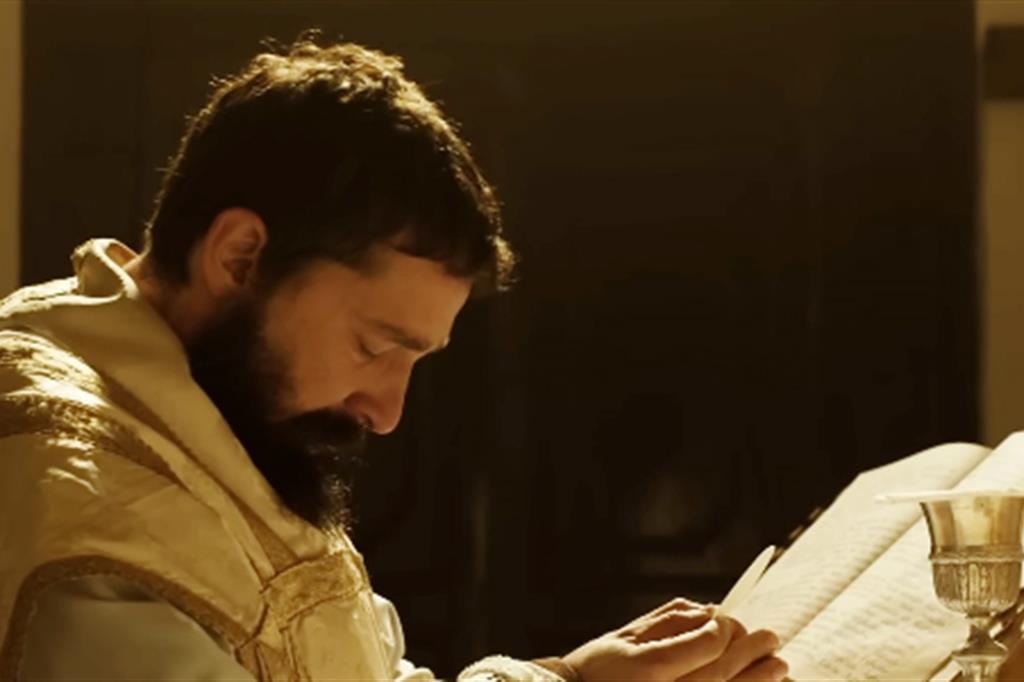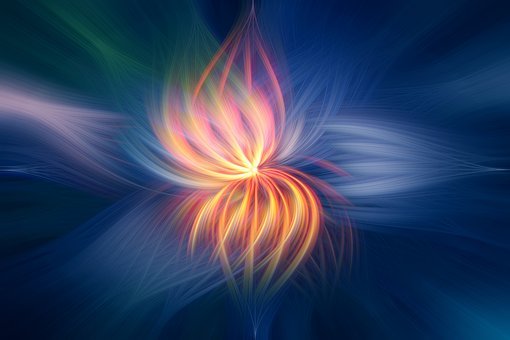
Shia LaBeouf in “Padre Pio” by Abel Ferrara -.
“So you write for the Catholic press?” Did you like the film? ‘ The great New York director is direct and attentive Abel Ferrara, who has lived in Italy for years, immediately makes it clear how much he cares about his latest film Father Pio, written with Maurizio Braucci, which yesterday had its world premiere at the Venice Film Festival in competition at the Giornate degli Autori.
The protagonist is the tormented star of Hollywod Shia LaBeouf, who has been stopped for two years due to a turbulent life and legal troubles, who seems to have found his way in converting to Catholicism (by birth he is Jewish) by playing the friar of Pietrelcina.
The protagonist of the saga of Transformers he recounted this journey of faith, which saved his life from suicide temptations, in a long interview on Youtube with the American bishop Robert Barron and yesterday he reiterated it by presenting himself at the official screening at the Lido.
Father Pio of Ferrara focuses on the arrival of the young friar of Pietrelcina in San Giovanni Rotondo, in the Foggia area, a land of poverty and exploitation of workers by large landowners and intersects with the story of the massacre of San Giovanni Rotondo on 14 October of 1920. In the village the elections had been won by the socialists, who at the time of taking office in the town hall found the way blocked by the carabinieri who had been ordered to prevent the exposure of the red flag from the municipal balcony.
In the riots that followed, 13 workers and a carabiniere were killed and over 60 people were injured. Fortunately Ferrara does not give any cause for the slander that they wanted Padre Pio involved, on the contrary, it points the finger at the Arditi d’Italia, a group born within the Mutilated and Combatants section. «From here begins the fascism that changed the history of the world – the filmmaker argues convinced -. Padre Pio is foreign to any connivance with the local powerful ». But we want to be frank: the part dedicated to Padre Pio, with spiritual torments, doubts, visions, struggles with the devil, before receiving the stigmata is based on careful research and on the letters of the friar, and is intense, profound. and at times fascinating.
Especially in the convinced interpretation of the very good LaBeouf that we see in the role of Padre Pio saying mass, confiding in his brothers (they are all real friars on stage) confessing, working a first miracle and suffering for the injustices of his poor.
While the preponderance of the sociopolitical part that attempts the Pasolini card, but turns out to have the pace of Italian television fiction leaves us a bit displaced (the cast is mostly Italian), not without slipping into some clichés. The parish priest of the town who pockets money from the nobles and even blesses with holy water the rifles and pistols of the carabinieri who will shoot the crowd leads to misunderstanding by showing a Church unable to stand alongside the weakest. Above all, we are faced with two films whose narrative strands struggle to intertwine.
The meeting point for the director is the apparition of the stigmata of Padre Pio just then. “Padre Pio lived with those people, his stigmata emerged then out of his passion for the least, they are a response to reality”. The spiritual strength of the saint canonized in 2002 by John Paul II, however, also transcends the skepticism of the miracles of the Buddhist Ferrara in the film. The work involved, among others, the Capuchin friars of the province of Foggia, the monastic community of the Abbey of Santa Maria di Pulsano, the Sanctuary of San Michele Arcangelo, Padre Pio TV, the Convent of the Friars Minor former Abbey of Santa Maria di Giosafat, the Franciscan Provincial Library “P. Antonio Fania “.
And now the production is trying to organize a screening in the Vatican and to meet Pope Francis. “When Shia started working on the film he locked himself up in a Capuchin monastery in California where he spent two months wearing the habit. When I met him in Fiumicino he got off the plane dressed like this … Shia really believes, he doesn’t act in the film, he couldn’t do it. The friars accepted him, they hugged me and the film in which they are protagonists ».
The struggle between good and evil, which has always fascinated the American director, comes from profound personal experiences. “The big connection between Shia LaBoeuf and me is that we both used alcohol and drugs, we had to deal with this addiction. A wall had been created between us and spirituality, but there is forgiveness in the journey from dark to light. I am a Buddhist, I grew up a Catholic. My grandfather was born the same year as Padre Pio, a Campania too, from Sarno, not far from Pietrelcina – concludes Ferrara -. We went to his places and spoke with direct witnesses. And so this film of mine came out in which I wanted Padre Pio to be seen as a man, not as a saint, especially in the period when he was young and was struggling with his faith “. However, at the end of the screening long applause for LaBoeuf.
Film that will discuss that of the Italian-American director on the figure of the Saint of Pietrelcina:
Venice. Padre Pio defender of the poor in the film (which will cause discussion) by Abel Ferrara

